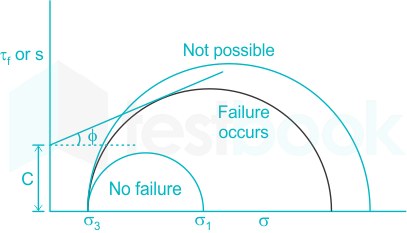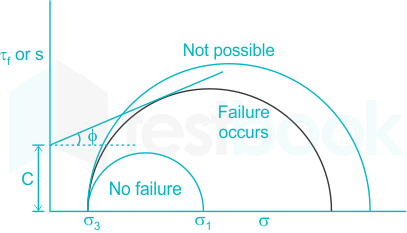In civil engineering, the angle of internal friction is a fundamental concept that must be understood when designing lateral earth pressure structures. It plays an important role in assessing soil stability, maximum shear force and load capacity of a specific structure, all of which are crucial in the design and construction of safe buildings, dams and other structures.
What is the angle of internal friction
One of the physical properties of earth materials is their angle of internal friction, which can also be seen as the slope of the linear representation of shear resistance.
The angle of internal friction is a measure of the resistance of a rock or earth body to shear stress. If fracture occurs only in response to a shear stress, the angle between the normal force and the resultant force is the angle (ϕ).
How to represent soil shear stress
Soil shear stress can be represented by the internal shear strength and soil cohesion. The following equation shows how we can specify this.
τ = c + σtanϕ
Where,
c – is cohesion
σ – tension
This equation is often used in stability analyzes against subsequent loading. Slip resistance is shown in the equation.


How to determine the angle of internal friction
Different theories can be used to determine the angle of friction for a specific soil. The most common is the Coulomb theory, which states that the angle of friction corresponds to the angle of repose of the material in question.
This theory is based on the work of French physicist Charles Augustin de Coulomb, who first proposed it in 1773. Although this theory is widely accepted, it has some limitations. For example, it does not consider the effect of pore water pressure on the friction angle. Therefore, it is not always accurate for all soils and situations.
Another theory that is sometimes used is the Dafalias theory. This theory is more complex than Coulomb theory.
Laboratory tests such as this Triaxial test the internal friction angle of soils can be determined.

